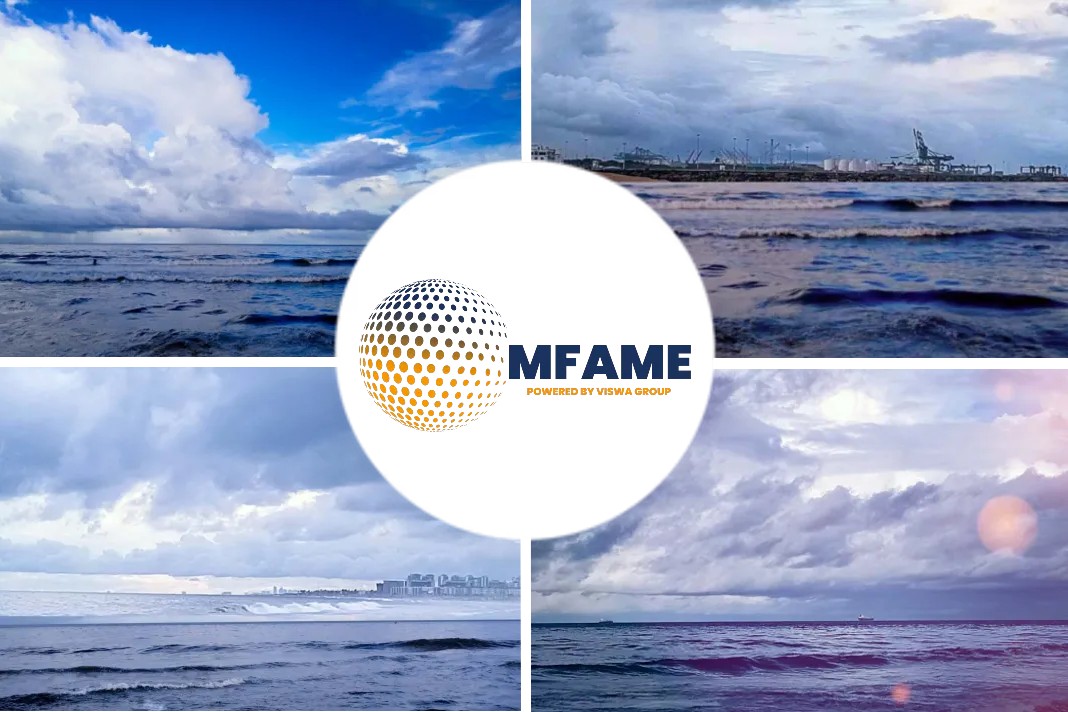The sea was a restless mass of blue-black slush. Icebergs, which the previous day had held an innocent, mesmeric beauty, now crowded in with frigid menace. Winter had arrived early in the Arctic Circle.
On board Fram, one of Hurtigruten’s expedition vessels, captain Ole Johan Andreassen joked that he wished to avoid “doing a Nansen”. At the end of the 19th century, the Norwegian explorer spent three winters locked in this white wilderness on a ship of the same name (which means “forward”), hoping to be carried in the ice to the North Pole.
But we were here in September on a two-week cruise to discover the stark spaces of Northeast Greenland National Park – nearly 2,000 miles long and with a population of fewer than 30.
Cruise ships rarely pass this way at any time of year, preferring to visit Greenland’s west coast. The only other ship in the vicinity would soon be trapped for 48 hours in King Oscar Fjord.
Capt Andreassen, meanwhile, was tiptoeing south to find the edge of the ice pack. When snow began to fall at dusk he turned on searchlights, their powerful beams bouncing off the dancing flakes.
By then our speed was below one knot and the electronic chart showed a glowing tangle of tracks as Fram circled in vain. Although not an ice-breaker, the ship is ice-strengthened and nudges away smaller bergs with a groan that resonates from stem to stern.
If you don’t fear the sea, you won’t last a year in Greenland, said the captain – and I slept fitfully in my cosy cabin.
Next morning brought an improvement in conditions and a sighting of a polar bear suckling her cub on a nearby floe. She looked healthy and very relaxed, having feasted on a seal whose bloody remains smeared the ice. Built to high environmental standards – I calculated that she was burning just six times more fuel per mile than my car – Fram is agile and near-silent, so we could get close.
Although many migratory birds had already gone there was still lots of wildlife, starting with pods of humpback whales which accompanied us at the beginning of our voyage from Reykjavik.
During the fortnight we saw snow buntings, Greenland falcons, ivory gulls, kittiwakes, skuas, orcas, musk oxen, Arctic hares and stumpy native reindeer.
For me, however, it was the landscape that made the trip worthwhile – so remote that the best guidebook to this vast island territory has one solitary page devoted to the east coast.
Fossicking around in rock pools of lurid, swirling granite, finding garnets in the raw on the beach or standing in awe of the emptiness and huge skies, every day in Greenland brought moments when I was moved to tears.
The tundra glowed with autumn colour and flags of cotton-grass fluttered above a frost-edged carpet of juniper, saxifrage and reddening Arctic willow. The remains of ancient camps can sometimes be found near the shoreline, where Steinar Aksnes – a member of Fram’s knowledgeable expedition team – pointed out stones once used to weigh down the edges of animal-skin tents.
An adviser to the BBC’s Frozen Planet series, he was armed with flares and a rifle in case of bear attacks, and was responsible not just for guest safety but also for mapping the uncharted bays where our small groups alighted from Polarcirkel landing craft. So I believed him when he told me later, atop a modest crag, that more people have stood on the summit of Everest than on this spot.
Did you subscribe for our daily newsletter?
It’s Free! Click here to Subscribe!
Source: The Telegraph
















